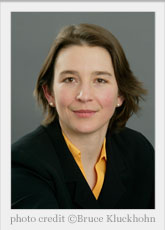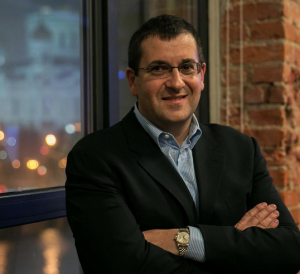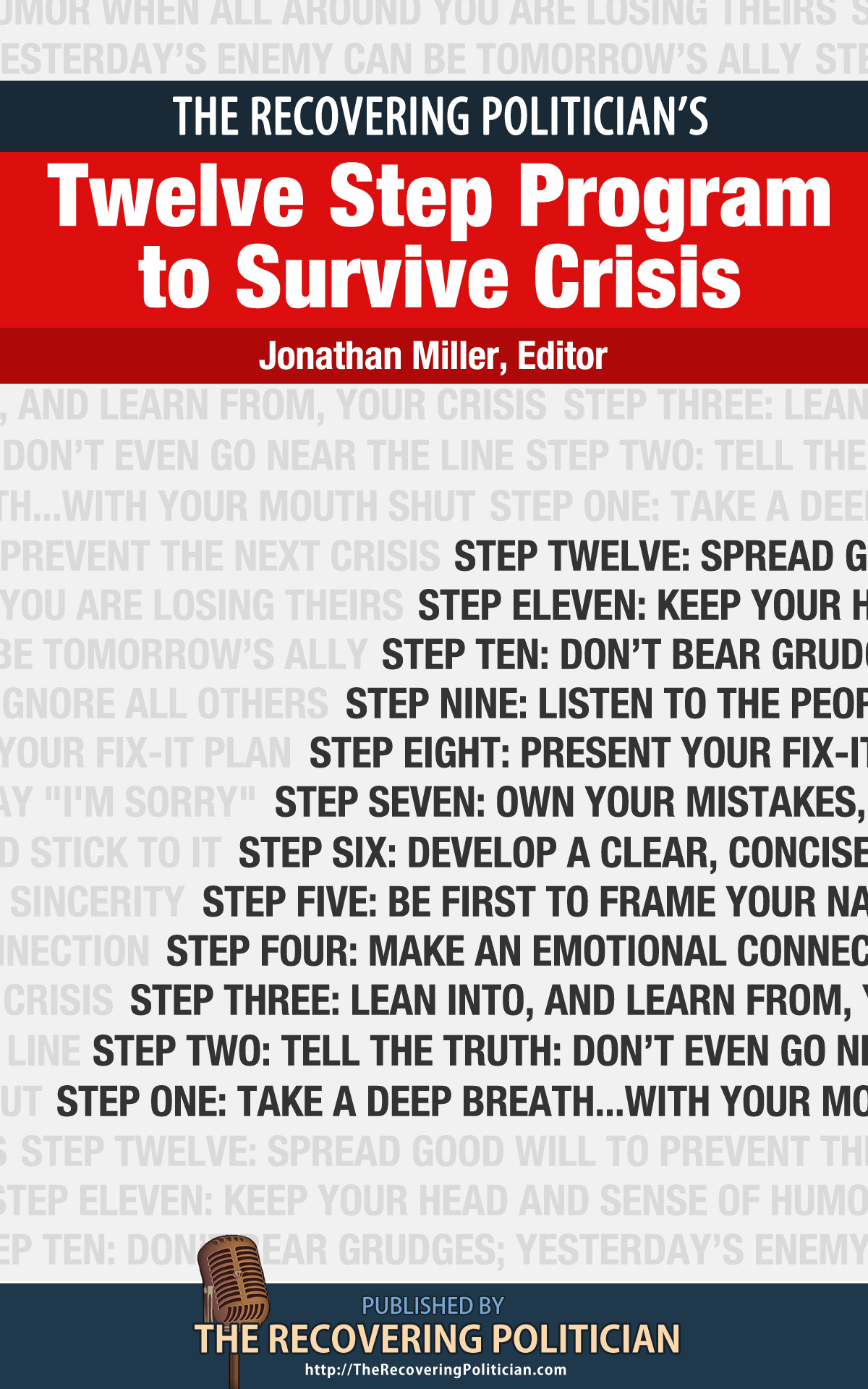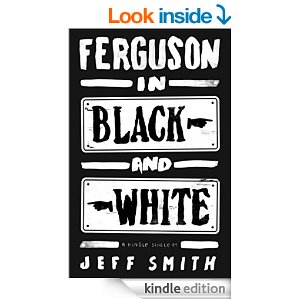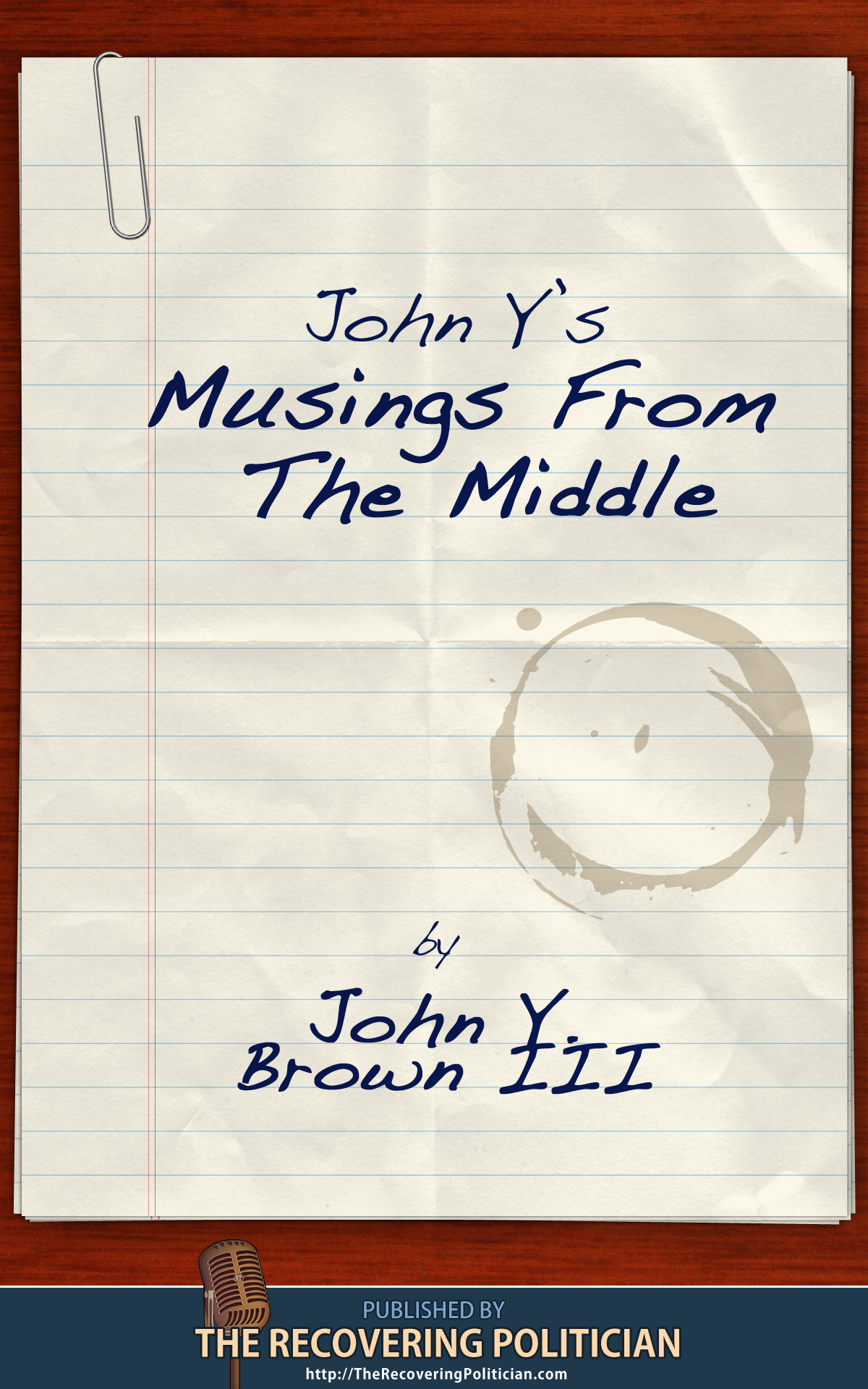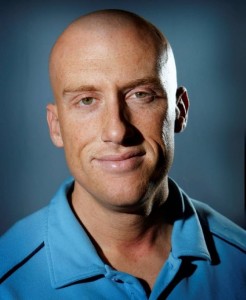 As I sit here on my 2 day vacation in Myrtle Beach, South Carolina I have to remind myself of the importance of rest. As most know, I will push myself to limit everyday, sometimes working 7 days a week and working out 6-7 days. Rest has not been my best friend, but thankfully I have great people around me who encourage that I take a break. And that break was must needed. For the last 2 days, I haven’t done much of anything besides walk the beach, work on my tan and disconnect from everything. It is a great feeling, every once in a while.
As I sit here on my 2 day vacation in Myrtle Beach, South Carolina I have to remind myself of the importance of rest. As most know, I will push myself to limit everyday, sometimes working 7 days a week and working out 6-7 days. Rest has not been my best friend, but thankfully I have great people around me who encourage that I take a break. And that break was must needed. For the last 2 days, I haven’t done much of anything besides walk the beach, work on my tan and disconnect from everything. It is a great feeling, every once in a while.
Not only did my mind need a breather, my muscles did as well. For the better part of 15 years, I have consistently worked out, 6-7 days a week. However, lately injuries have mounted. My biceps tendon was an issue for 2 weeks, then it was my hip. After resting the past few days, my aches have subsided. My body was telling me to take a break. And for the first time in a while, it got it.
So here are three components of rest we must remember to take our bodies and our minds to the next level:
1. Sleep- helps the brain commit new information to memory through a process called memory consolidation. In studies, people who’d slept after learning a task did better on tests later. While lack of sleep can have dire consequences, adequate sleep provides only positive, healthful benefits. In a typical day, a person’s waking hours are consumed trying to meet the many mental and physical demands encountered at every turn, as well as replenishing vital nutrients as they are being used up during these daily activities. In the hours remaining during sleep, the body takes time out to rebuild and recharge, preparing for the day ahead. PLUS…your body only changes when you sleep, so no sleep equals no change. 7-8 hours is recommended.
2. Relaxation- in addition to sleep, your body and your mind needs to relax. Working out hard is great but you cannot take your body to limit all the time. Taking a day off to recoup is a great idea. Listen to your body, it will tell you where to go and what to do. Yoga and meditation are great relaxation techniques to put you in a great mood and keep your body changing and results coming.
3. Recovery- can encompasses the 2 above but I would also like to include the nutritional aspect. Adequate amount of protein, healthy fats and vegetables should be used to help recover your muscles to go again. Remember muscles don’t grow and body fat does not disappear during exercise. It is during the recovery phase that changes happen.
We we all work hard and sometimes forget to take care of ourselves. Just remember this equation: Work + Rest= Success.
|
I have become death, destroyer of worlds. There are lawyers out there who remind me of Vishnu in his multi-armed form. No, they don’t sprout extra limbs, or destroy entire worlds. These Biglaw-inspired incarnations of Vishnu merely assume the form of senior female attorneys to become career-death, destroyer of junior associates. Behold the Biglaw Vishnus! (And trust me, within their personal sphere of destruction they give the real thing a run for his money.) One of my clients fell victim to a Biglaw Vishnu – and his story is, as they say, far from atypical and so merits recounting. He went, if not to a first-tier school, then to a first-and-a-half tier school, and by some rare stroke of fortune managed to locate a job, (if not at a first-tier firm, then at a first-and-a-half tier firm.) It’s fair to say this guy was riding high – and gloating appropriately – when he happened to notice a problem: The firm had no work. His response was the same as everyone else’s around him – he twiddled his thumbs, wondering if he somehow smelled funny, or if, in fact (as it appeared) everyone else was twiddling their thumbs too (all while studiously pretending to be busy busy busy.) That situation endured for a year and a half, until my client was rudely stirred from this idyll by a partner, who delivered to him an awful review of the obviously-staged variety. (My client can’t remember if the problem they identified was that he asked for help too often instead of showing initiative or asked for help too rarely and wasted time by being too independent. He hadn’t billed an hour for months so he could hardly blame them for making something up.) As they say in California, “whatevers.” There was, however, a modicum of “fall-out.” Icarus-like, my client found himself plummeting in the unmistakable direction of every lawyer’s ultimate nightmare (at least officially): Unemployment. We all know the rules of this profession – five minutes of unaccounted-for time on your resume and it’s game over; you’ll never work as a lawyer again (well, maybe a staff attorney or doc reviewer but that hardly counts, does it?) My client had three months to drum up a miracle. Following the world’s most intense job hunt, something came through at the eleventh hour. But there was a catch: He had to work for Vishnu. Read the rest of…
I just received this really nice email from Mr Robart, ESQ, even though we have never met. He is offering me a lump sum of $4.1M in money that he has access to in Benin, wherever that is. Unfortunately for me, I have conflicts next week due to several business meetings and a dentist appointment I have already rescheduled twice –so next week is just a terrible week for me to try to get to Benin to help with this otherwise brilliant plan. However, if anyone who knows me is available for a few days next week, this sounds like a great opportunity to pick up several million extra dollars without a lot of effort. (Note: There is a great budget airline out of Lexington, KY called Allegiant that has really reasonable fares and, for all I know, may even have a direct flight to Benin. It’s worth checking out.) Thanks, John (P.S. I do ask for a 10% finders fee from anyone who takes me up on this offer I received. And by the way, that will still leave you with over 50% because I negotiated with Mr Robart that if I agreed to help —either directly or through someone I find for him—we split the money 60%-40% in my favor rather than 50-50. Since 10% off the top of our 60% take is only 6%, that leaves my partner with 54% of $4.1M —or $2,214,00. Not a bad deal when you think it through with the extra bump I negotiated in for us) The email letter I received is posted below. Thanks!
As I approach the 2-year anniversary of my weekly song project, it’s fascinating to look back on how my writing process has developed, and to see what lessons I’ve learned. So here are a few tips to share with any readers who are either contemplating a creative venture (or who would enjoy a vicarious peek at something they’d rather not experience first-hand . . . .) – Writing is frequently 1% inspiration and 99% putting-your-rear-in-a-chair. In other words, the best way to learn to write is to write. (My 8th-grade English class was fortunate enough to meet with Ray Bradbury once, and he shared his practice of forcing himself to write 10 pages every single day – sometimes those pages consisted of “I have nothing to say” over and over again, but with enough repetition, he would eventually come up with something usable.) – Give yourself permission to write crap. It’s always easier to edit than to start from scratch, but it’s almost impossible to come up with anything if you are afraid it won’t be fabulous. – Be open to inspiration from unexpected places. Sure, some weeks have a fabulous, everyone’s-talking-about-it story, which is how I came up with “Oh Won’t You Put Me In Your Binder Full Of Women.” (And the fact that you probably get that reference, nearly 2 years later, shows you how memorable that story was.) But there are definitely weeks I find myself thinking “oh, crap, what am I going to do this week?,” and then when I’m not looking for it, an idea will pop into my head. (For example, after Dick Cheney started popping up on news shows, plugging his ‘let’s-bomb-everyone’ website, I heard my husband & son in yet another volley of sophomoric, off-color jokes, and that inspired “I’m Sick Of Dick”.) – And be open to suggestions – especially when you have a deadline. I am fortunate to have some wonderful subscribers & supporters, who occasionally send me ideas. I can’t always use every one, but my friend Lucien, who is the web designer for The Political Carnival, sent me the inspiration for this week’s song:
Last month, UK banks became the first in the world to disclose their total borrowing, known as leverage ratio, on a standardised basis. They haven’t done this willingly – the Bank of England insisted – and their disclosures are all surrounded by lots of hemming and hawing about how the leverage rules are still changing. The results are instructive. The UK’s five biggest banks are considered among the best capitalised in Europe on the traditional measure of core tier one equity divided by risk-weighted assets, which includes everything from home mortgages and small business loans to complex derivative contracts, each multiplied by a factor intended to reflect the amount the bank could lose. The ratios range from 12.3 per cent at HSBC down to 10.3 per cent at Royal Bank of Scotland. The disclosed leverage ratios strip out the effect of risk modelling, which has the effect of more than doubling the size of every bank’s balance sheet and more than tripling that of Barclays. These numbers partly reflect the size of low-risk, high volume businesses. But they will be a boon to critics who think some banks have been tweaking their models to cut their capital requirements. Read the rest of…
I raised me arms in exultation….feeling, for a moment, like I had achieved my goal of attaining Kent’s weight. But being honest with myself my real goal is still about 3 lbs away and I’m hanging in until I reach, well, both goals! The life of a comedian is rarely a funny matter. The deep source of humor for the professional comic almost always seems to be a survival mechanism that just happens to work better than all the other survival mechanisms tried before it that came up wanting. Sometimes that defense mechanism —that life antidote— stops working, too. And there may be no back-up fortification for when a joke doesn’t work anymore. And that deep source of humor can cruelly transform itself into an all-encompassing darkness that envelops and even suffocates, figuratively or literally, the same person it served so well. And for a brief moment, like today upon the news of Robin Williams’ apparent suicide, the world gets a glimpse of that over-sized and heavy heart and sees that you weren’t just a silly boy looking for the next pratfall and a few more well-earned laughs. But that you were working always on something far more complicated, serious and sorrowful than your comedy repertoire ever belied. How ironic that the man who brought more laughs and lightness to the world over the past four decades —more than probably any single person on our planet—today leaves that same world so deeply saddened and distressed. Then again, the genius of so many great comics is that the flip side of their humor –pain and emptiness–is never too far away from their punch lines. And probably much closer than the audience realizes. As prodigiously hilarious and zany as he always seemed to be, I believe Robin Williams was, first and last, a very serious and sensitive man. Who we never got to know all that well. But will certainly miss terribly. Inscribed on almost every “World’s Best” hikes list is the Routeburn Track in New Zealand. All too often the reality fails to meet the hyped expectations, but Routeburn does not disappoint. From start to finish the trail wow’s you so much that the work of hiking is forgotten. The sun rising outside the Routeburn Falls Hut, a fine start to our final day on the track. This is a view hikers traveling in the traditional, Queenstown to Te Anau, direction are given on their first day. Having completed the Milford Track just days earlier we chose to hike in the opposite direction of most, starting from Te Anau and hiking towards the comforts of Queenstown, the de facto capital of New Zealand tourism. We had been discouraged by the weather report in the Department of Conservation office: freezing temperatures and snow at the level of the campsites. Traveling with $25 warm-weather sleeping bags and yet to rent a tent, news of snow was unwelcome. Given our experiences with rental tents we made the expensive decision to change from camping to staying in hut dormitories. Even though the huts were listed as booked we learned that there are a couple extra beds always available for a difference of $36 NZD ($28 USD) per person ($54 NZD for huts versus $18 NZD to camp in high season). Being budget travelers as we are, we lamented the cost, but decided that if greeted by rain, snow and freezing temperatures, this was the right move. Read the rest of…
This meant tracking down and calling real references – a job most delegate to HR. I don’t think you learn much from references listed by the applicant. Those people are clearly going to say good things. You need to get real information from someone who you trust. Most of the people we hired in the beginning were two degrees away- that is, they were referred or connected to someone I knew. This allowed for honest feedback on the candidate’s strengths and weaknesses. If we didn’t have that direct reference to talk to, I used LinkedIn to find people who had worked with the person. Each role was different but some things were universal. I needed people who could flourish in a startup like culture but could also understand how to scale. Would he be willing to do his own work or did he just view his role as a manager, telling others what to do? How did she solve scale problems when they occurred? You can ask candidates those questions but it is much more valuable to understand how the person actually behaved in real situations. Cultural fit is also important and impossible to figure out in an hour interview. How does the person work with peers, manage people and deal with stress? You can ask your real reference those questions; get past the “pretty persuasion” of the interview. I learned the hard way that someone who looks great on paper may not fit with our culture. Their experience simply didn’t carry over to their job with us. It turns out that people with seemingly relevant experience just are not interchangeable. A person who was an all-star at one company might not be able to repeat that performance in your organization, because his success may have derived from relationships with the previous employer, or her team may have propelled her achievement. On the other hand, many people may not have the experience you feel is required for a job, but are just really smart, talented and motivated. When you take a chance on these employees and get it right, they become home grown talent – essentially your farm team. These are likely to be the carriers of your culture, and some of the best, most loyal employees because you took a chance and developed them from within. I have found it has worked to have a mix of experience and raw talent- the two types learn from each other. At SurveyMonkey, we’ve moved talented people within the organization to give them room to stretch and grow — finance folks to business development roles, customer ops to engineering. It is much easier to take a chance on someone who already has proven themselves for you in another role than bring an experienced outsider in- the internal hire has all the boxes checked except experience. As the company has grown, my time spent on HR-related matters has shrunk. Still, nearly one-third of my responsibilities relate to talent and culture. We are a company that defines success by getting and keeping the right people. I still do my own calls for all key hires and look for good spots to build that farm team of great talent. Let resumes and interviews be used to reject candidates but rely on real references to hire people. 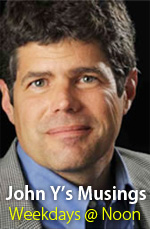 My cell phone –an ATT Android–has a visual voicemail feature that tells me when I have a new voice mail message. My cell phone –an ATT Android–has a visual voicemail feature that tells me when I have a new voice mail message.
But wait, there’s more. The visual voicemail app also, with some voicemails, will delay the notification for several hours. Or even a day. I know what you are thinking. It must not work right. But I figured out what really must be going on. This feature, I have to assume, somehow measures the enthusiam of the caller and will delay notifying me of the call accordingly –to the extent the person doesn’t seem eager to talk to me. I mean, what else could it be? Right? There’s no other reason I can think of for the voicemail to work this way. Dang. Technology sure is amazing. Oh, so yeah. When you leave me a voicemail be sure you sound enthusiastic so I will get it right away. |
| ||
| Copyright © 2025 The Recovering Politician - All Rights Reserved | |||






